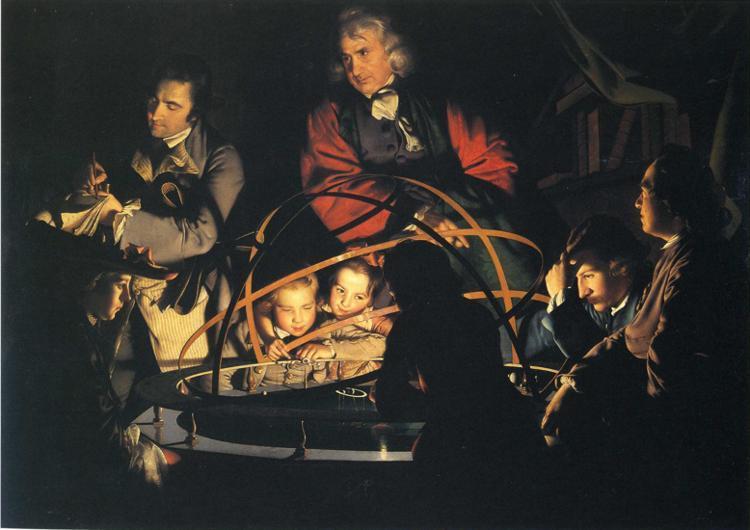Science, with people believing that the truths it offers are absolute, has become a source from which many people gather their beliefs. The Age of Enlightenment was a philosophical catalyst in helping science gain a foothold over religion and faith, with some of the era eventually seeing them as outdated and even harmful modes of belief.
Science is always advancing, however, and the scientific truth of yesterday—despite being thought of as absolute—is often overturned by new evidence tomorrow. As science continues to develop and evolve, is there a place for those things that exist outside the domain of science, such as religion and faith?





